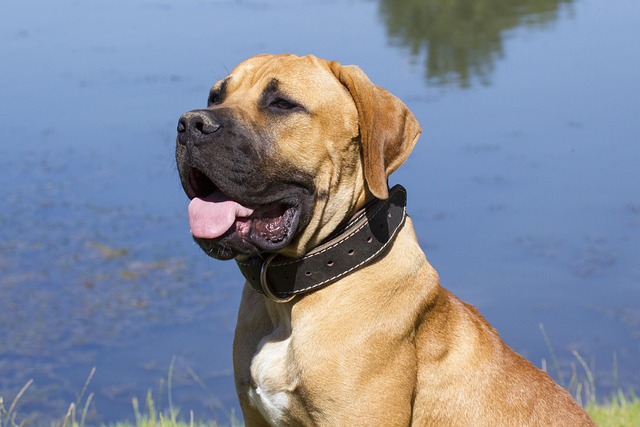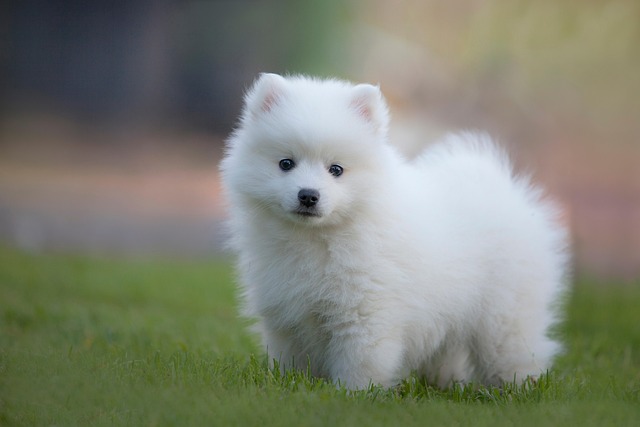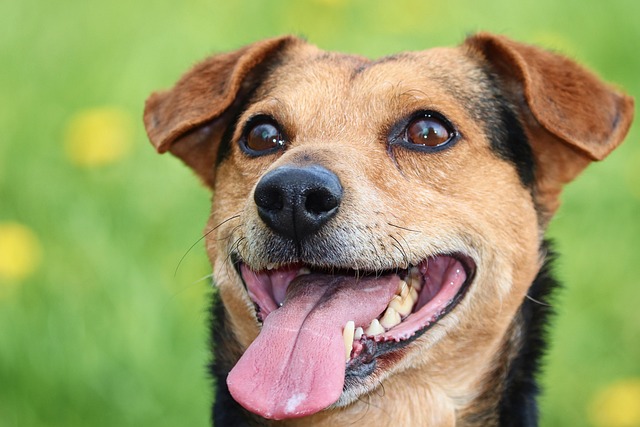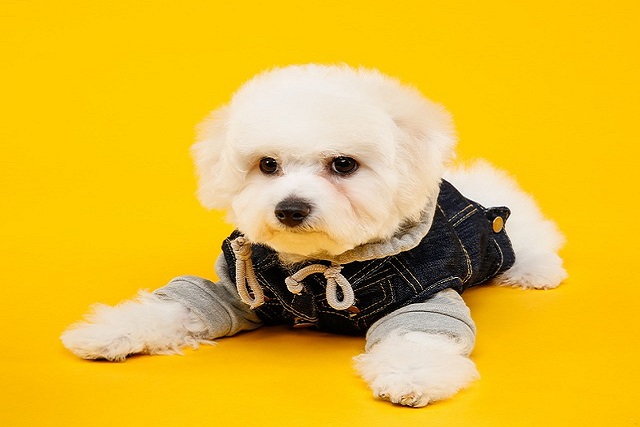
How do I start my dog on agility training?
The idea of watching your dog leap, weave, and race through an agility course is exhilarating. But before you dive in, it’s essential to understand the journey ahead,
That first whimper when the doorbell rings, the way your puppy shrinks behind your legs at the park – it tugs at your heart, doesn't it? Seeing our furry friends uneasy around new people feels deeply personal. Actually, this anxiety is incredibly common in young dogs. Think of your puppy as a little explorer navigating a vast, sometimes overwhelming world. Loud voices, unfamiliar scents, sudden movements – it's sensory overload! Their natural reaction? Caution, or even fear. Ignoring this won't make it vanish. In fact, the opposite often happens. Early, positive experiences with people are absolutely crucial. They lay the groundwork for a confident, well-adjusted adult dog who sees the world as welcoming, not terrifying. Missing this window can lead to lifelong struggles.
So, how do we gently guide them towards comfort? Forget forcing interactions or hoping they'll just "get over it." That rarely works and often backfires. Instead, picture this: controlled stranger exposure. It sounds counterintuitive, I know. Introducing strangers to reduce anxiety? But here's the core idea – it's about creating *safe*, *positive*, and *gradual* experiences. We're not throwing them into the deep end. We're letting them dip their toes in calm, shallow water, building trust brick by tiny brick. The goal isn't instant friendship, but neutrality and a sense that strangers are harmless, maybe even potential treat-givers! This methodical approach respects their pace and rewires their emotional response.
Ready to try it? Patience is your superpower here. Start small. Really small. Find a quiet friend your puppy hasn't met – someone calm and willing to follow your lead. Head to your backyard or a peaceful corner of the park, somewhere familiar and low-stress. Keep that leash loose! Tight leashes transmit tension. Now, instruct your helper: completely ignore the puppy. No eye contact, no reaching out, no talking in that high-pitched "puppy voice." They should just stand or sit quietly, maybe casually toss some incredibly yummy treats (think chicken bits!) *away* from themselves onto the ground near the puppy. Let your pup choose. Sniff the air? Take a hesitant step? Gobble a distant treat? Perfect progress! If they retreat, that's okay. Just create more distance. The helper tosses treats from further away. Watch your puppy's body language like a hawk. Relaxed ears? A loose, wagging tail? Maybe even a curious step forward? These are green lights to *very* gradually decrease the distance over time, continuing the treat-tossing. Tense body, tucked tail, whale eye (seeing the whites of their eyes), or hiding? Red light. Increase distance immediately. Never push past their comfort zone. Keep sessions short – five minutes can be plenty! End on a positive note, always. Later, perhaps the helper can gently toss a treat *towards* the pup without making direct contact. Eventually, if the puppy seems eager, the helper might offer a treat from an open palm held low, still avoiding direct eye contact. This isn't a race. Celebrate the tiny victories!
Why go through this careful process? The benefits ripple outwards. You're literally helping build your puppy's confidence from the inside out. Each positive encounter chips away at that initial fear, replacing it with a calmer "Okay, this is fine" response. Over time, you'll notice less jumping, barking, or hiding when someone new arrives. They learn to assess situations calmly rather than defaulting to panic. This controlled exposure fosters crucial social skills – learning how to appropriately interact (or simply coexist peacefully) with different people. Ultimately, it strengthens the incredible bond you share. Knowing you're their safe guide through new experiences builds immense trust. You're not just preventing fear; you're actively nurturing a resilient, happy companion.
It won't always be smooth sailing. What if your puppy seems stuck, refusing even distant treats? Don't despair. Go back a step. Use even higher-value treats (think real meat!). Make the distance greater. Sometimes, simply having the stranger sit or lie down appears less threatening. Maybe your pup is more receptive to men or women, adults or children? Start with whoever they seem least wary of. Another common hiccup? Over-eager helpers who just *have* to pet the cute puppy. Be firm! Explain the process clearly beforehand. Their job is to be boring and predictable, not exciting. And if progress stalls, or your puppy shows intense fear (like trembling, excessive drooling, or trying to bolt), stop. Seriously. Consult a certified professional dog trainer (CPDT) or a veterinary behaviorist. They can offer personalized strategies and rule out underlying medical issues. Remember, setbacks happen. It doesn't mean failure. Just take a breath, adjust, and try again tomorrow. Your patience and consistency are the most powerful tools you have. This journey is about understanding, not forcing. You've got this.

The idea of watching your dog leap, weave, and race through an agility course is exhilarating. But before you dive in, it’s essential to understand the journey ahead,

Deciding to bring a Yorkie into your home means embracing a tiny bundle of energy and charm, but it also raises an important question: how straightforward is potty training?

Bringing home a new puppy is an exciting adventure, but it also comes with the big question: What is the first thing you should train your puppy?

Imagine you’re at Seattle’s Green Lake Park with Luna, your energetic Shepherd mix. She spots a duck and lunges, choking herself on the collar.

Teaching a 2-year-old dog to fetch might seem challenging, but it’s a rewarding way to bond and keep your furry friend active. Fetch isn’t just a fun game—it provides mental stimulation and physical exercise, essential for a healthy dog.

You’ve read all the articles, stocked up on premium treats, and patiently clicked and rewarded your new rescue pup, Charlie.